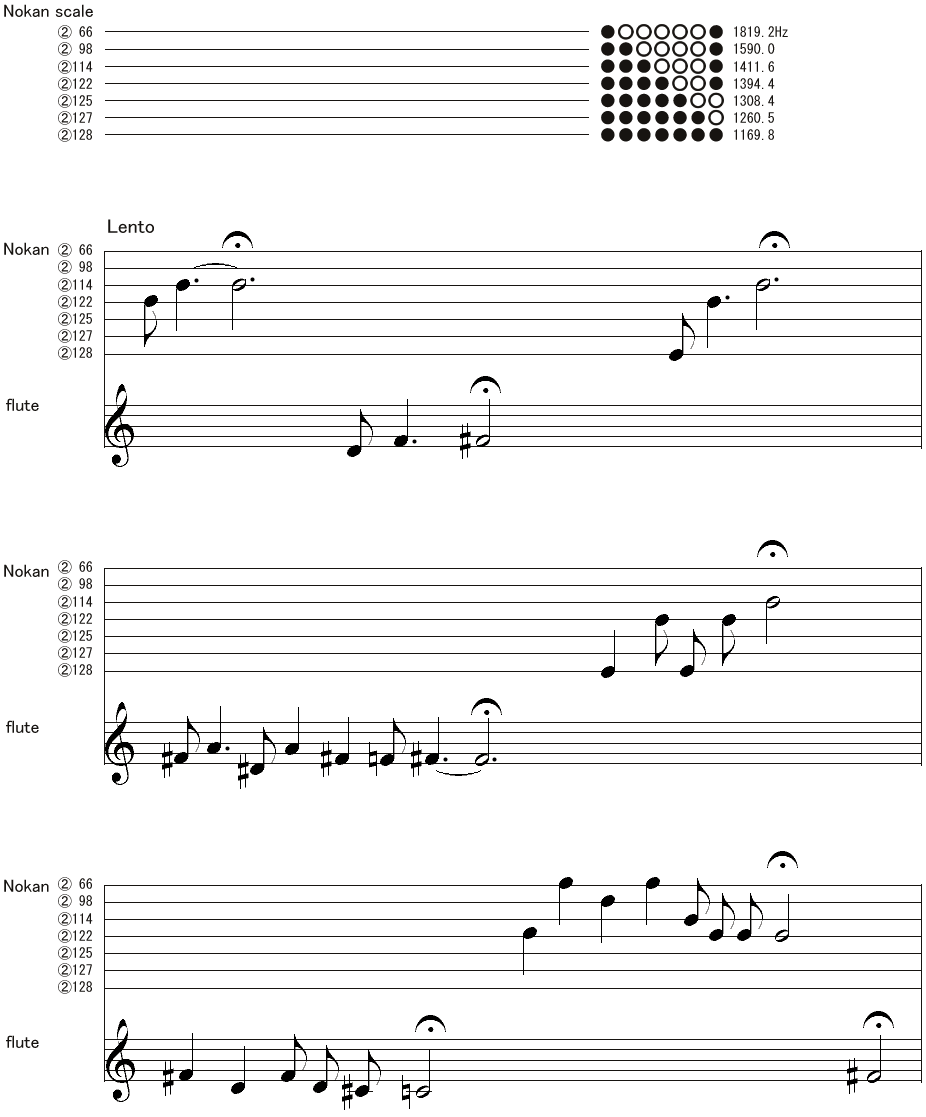
Conference参加、口頭発表、**論文掲載
1991能管新曲のための記譜法 (民族芸術学会)
1991能管の旋律と謡の関係から探る能管の成立要因 (東洋音楽学会)
1993(ICTM:International Conference of Traditional Music/ベルリン民族学博物館)
1997(ICTM/Nitra、Slovakia)
1998New Composition for Nohkan(CIMA:Center for Intercultural Music Arts/City University of London)
2000Butoh & Nohkan (CIMA/University of London)
2005Divine Flute(Delphi game/Delphi Symposium)2006Western Music& Dance in collaboration with Noh Play Music( CIMA/Universidad de Granada) **
2008 The influence of Indian classic literature on the Noh Play “Ikkakusennin”(International Music Conference &Festival:Africa meets Asia/Indiranagare Sangeetha Sabha, Bangalore )**
2 010 翻刻『龍吟秘訣』(大阪大学演劇学論叢)**2011 Indian Goddes as she appeared in Japanese Noh Play-Sarasvati in "Chikubushima"(SAMAKALIKA SANGEETHAM)**
2014Japanese performing arts known by missionary priests within the intercultural milieu of the 16th century: Did Fróis encounter Christian Noh?(CIEMAI/Ceuta, Spain)**
2015The Meaning of the Key in Nohkan Tunes : Analysis through Scores Based on Finger Hole Pattern, Frequency and Overtone Mode ( ICTM/Kazakh National University of Arts, Astana)
2017The influence of On-Yo-Gogyo (Yin-Yang and five elements) theory on Japanese traditional flute Nohkan(ICTM/Limric University, Ireland)
*能管新曲のための記譜法〜 能管は第一孔と歌口の間にノドと呼ばれる管が入っていっている。そのため、12音音階とは異なった音列を持っていて、音を五線譜上に表記することはできない。 もともと能管の譜は唱歌と指記号または指孔図の縦書きであるが 天野式記譜法は128の指孔パターンによる横書きのもの。 3段階の倍音列について各ナンバーの周波数をはかった表をもとにしている。 これにより、能管から出るあらゆる音の表記が可能であり、同時に奏法も表出され、他楽器との合奏の際も五線譜との併記が可能。
1998奈良春日野「白眼天廟」舞踏:中谷暦 能管曲 1鬼趣の館の舞
2Sapientia (Hildegard von Bingen)